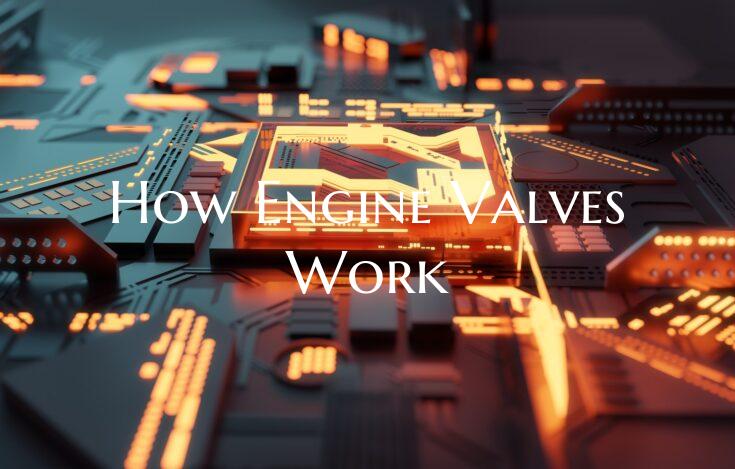How Engine Valves Work
Engine valves play a crucial role in the operation of internal combustion engines, ensuring the smooth flow of air and fuel into the combustion chamber while allowing exhaust gases to exit efficiently. Understanding how engine valves work is essential for comprehending the functioning of a vehicle's engine system.
There are two main types of engine valves: intake valves and exhaust valves. The intake valves are responsible for allowing a mixture of air and fuel to enter the combustion chamber, while exhaust valves enable the expulsion of the burnt gases after the combustion process is complete.
The operation of engine valves is synchronized with the engine's piston movements. As the piston moves downward during the intake stroke, the intake valve opens to let the air-fuel mixture enter the combustion chamber. Once the chamber is filled, the intake valve closes to create a sealed environment for compression and combustion.
During the compression and combustion strokes, both valves remain closed to prevent any leakage of gases. As the piston reaches the bottom of the power stroke, the exhaust valve opens to allow the burnt gases to escape into the exhaust system. This process repeats itself continuously as the engine runs, with the valves opening and closing in precise coordination with the piston movements.
Proper functioning of engine valves is critical for the engine's performance and efficiency. Over time, valves can wear out due to high temperatures and constant movement, leading to issues such as poor engine power, rough idling, and reduced fuel efficiency. Regular maintenance and periodic inspection of the valves are essential to ensure optimal engine performance.
In conclusion, engine valves are integral components of an internal combustion engine, regulating the flow of air, fuel, and exhaust gases to facilitate the combustion process. Understanding how engine valves work provides valuable insight into the operation of vehicles and the importance of proper maintenance to ensure smooth and efficient engine performance.

